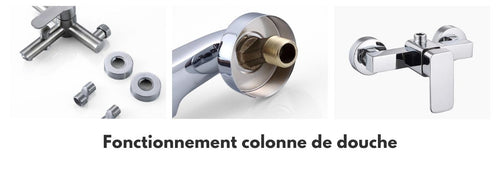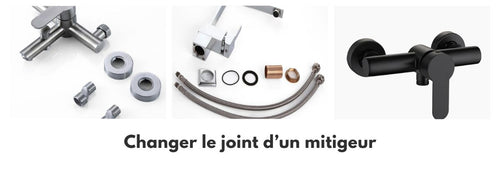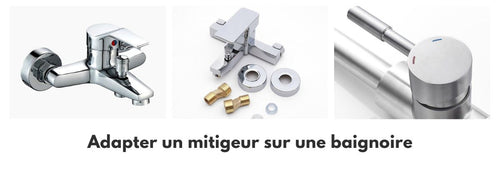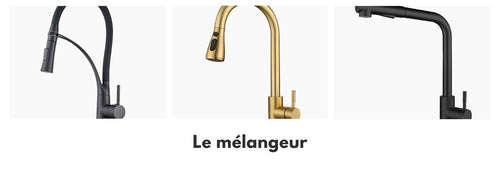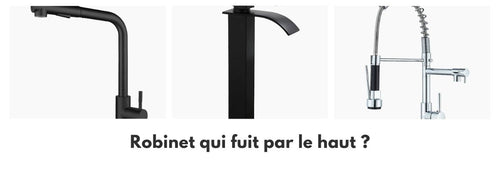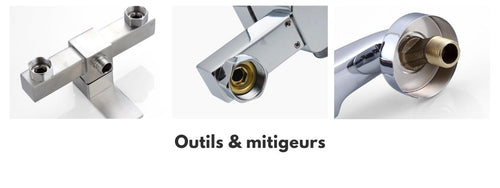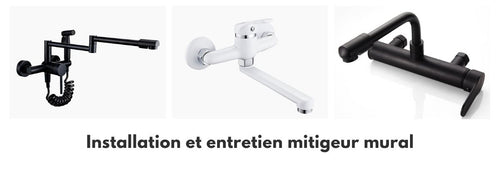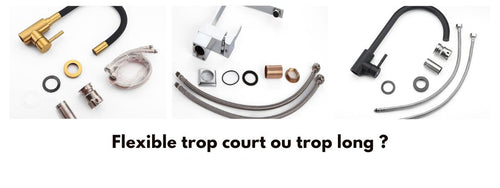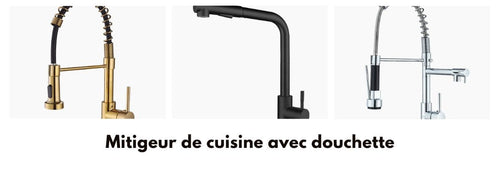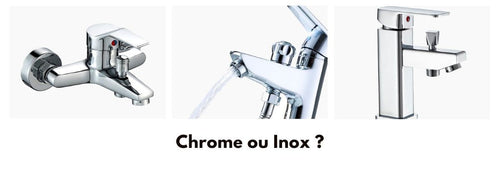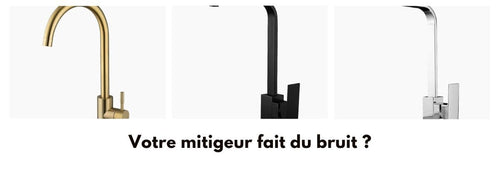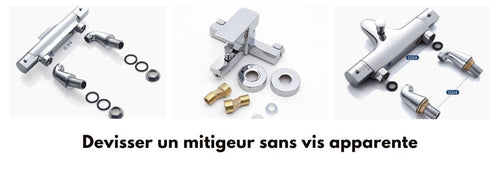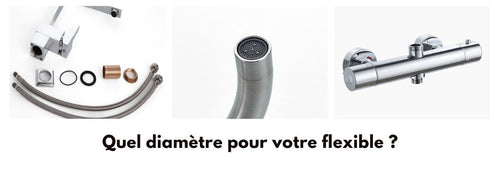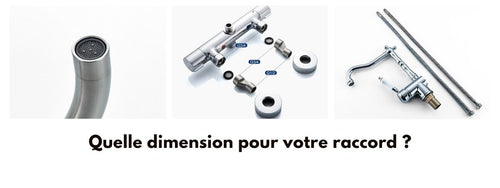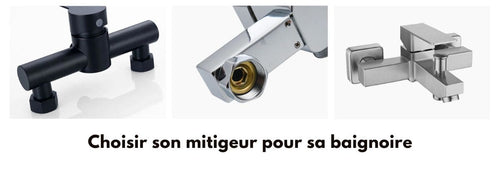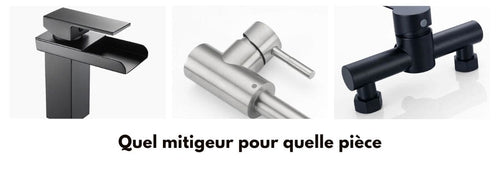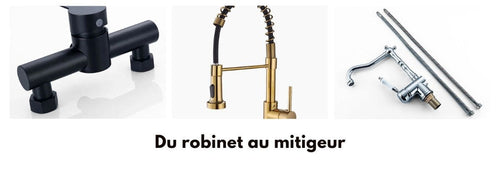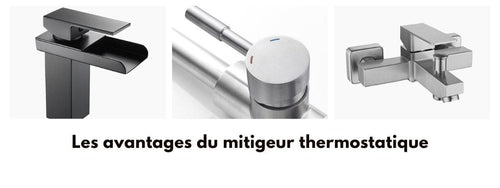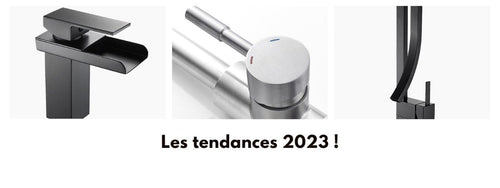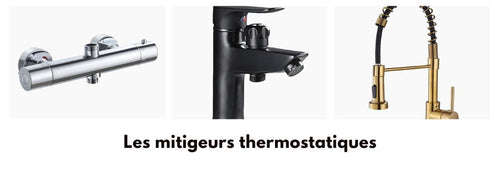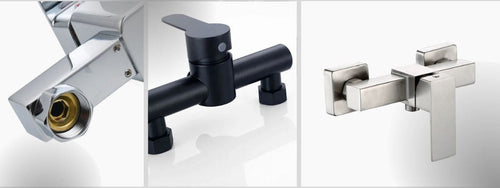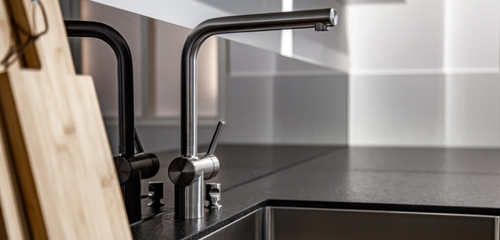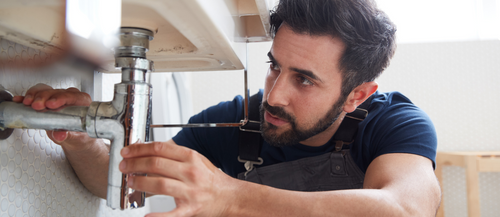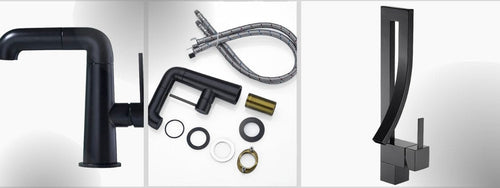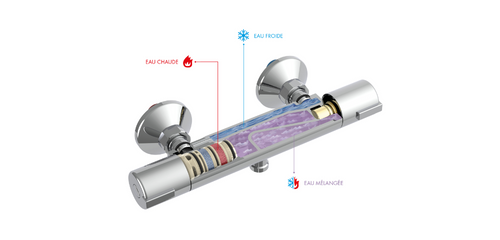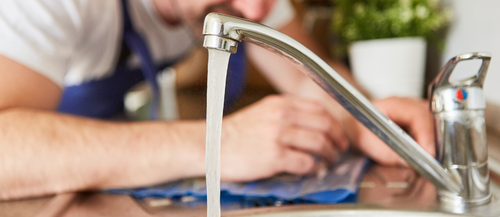Faucets are essential devices in our kitchens or even our bathrooms, playing a crucial role in our daily lives. Indeed, they control the water that supplies our kitchens, bathrooms, and gardens.
Never underestimate the importance of maintaining them well and replacing them before a leak appears. This article aims to guide you through the signs indicating it's time to replace your faucet and explain why this operation is crucial.
Why replace your faucet?
A defective faucet can have significant consequences. Undetected water leaks can increase your water bill, cause material damage, and even promote mold growth (which is a bit less serious, but still).
Replacing a worn faucet has many advantages.
This not only improves efficiency by reducing the risk of leaks, but also improves the aesthetics of your home.
A new faucet can bring a touch of modernity to your kitchen or bathroom.
Furthermore, modern faucets offer advanced features, such as water flow reduction, allowing for significant water savings.
3 Signs that show your faucet needs to be replaced
Various signs may indicate that it's time to replace your faucet.
- Persistent leaks are a clear indicator that your faucet is worn. If you notice that water continues to drip after closing the tap, it's probably time to change it.
- Strange noises when using your faucet can also signal a problem. Squeaks or clanks could indicate a mechanical malfunction. A decrease in water pressure can also be a sign of a defective faucet.
- In addition, visible wear and tear on your faucet, such as corrosion, discoloration, or cracks, is a sign that it's time to replace it.
Frequency of replacing a faucet: very fluctuating
The lifespan of a faucet can vary depending on several factors, including its use and water quality.
In general, a good quality faucet should last between 10 and 15 years. However, hard water can reduce the lifespan of your faucet by causing mineral deposits that can damage internal parts.
How to replace your faucet?
Replacing a faucet is not an insurmountable task, even for a Sunday handyman!
This generally involves shutting off the water, removing the old faucet, and installing the new one. However, if you are not comfortable with these operations, you can always, as a last resort, call in a professional.
When choosing a new faucet, several aspects should be considered. Be sure to choose a model that suits your plumbing system, matches your style, and offers the features you need.
Following this article, we hope you have understood the importance and interest of monitoring and maintaining all your water-related appliances, especially faucets.
Signs of malfunction should be taken seriously to prevent more significant damage. By acting quickly, you will preserve the efficiency of your plumbing system and the health of your home. Remember, a well-maintained faucet not only improves the functionality of your home, but also its aesthetics.


